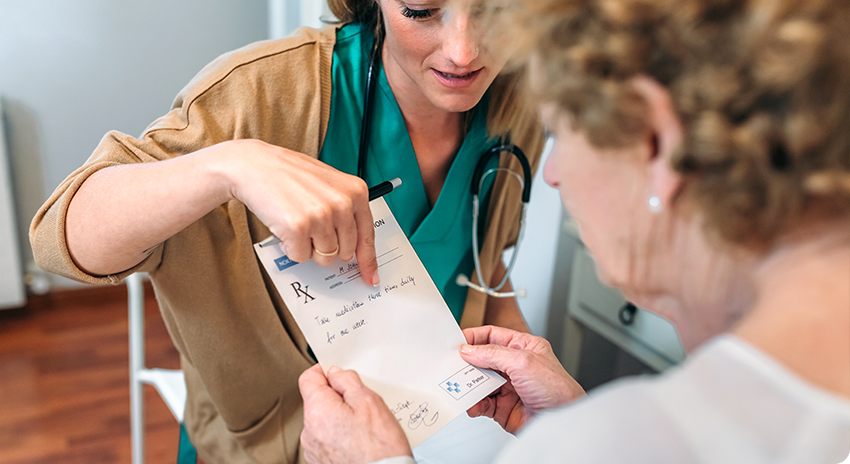It was expected to be a big matchup between Thomas Jefferson and Mars, but it was anything except that with Thomas Jefferson dominating Mars 31-14.
Thomas Jefferson got the ball to start the game and it was a typical long drive by Thomas Jefferson. It featured many runs and took up over half the quarter. Eventually Thomas Jefferson got on the scoreboard first on a 30 yard field goal by Sam Wessel which made it 3-0 Thomas Jefferson with 4:11 in the first quarter.
Thomas Jefferson on the board first. 30yd Field Goal by Sam Wessel 3-0 Thomas Jefferson 4:11 1Q @PaFootballNews pic.twitter.com/JC32Gd7Kt3
— WPIAL Football Zone ???? (@AJWPIAL) October 31, 2025
Mars started their first drive on their own 39 yard line and after a penalty they were in Thomas Jefferson territory but they were unable to move the ball and had to punt it away.
Thomas Jefferson started their second drive on their own 20 yard line. A big pass got them into Mars territory and a short time later, Tyler Eber scored on a 40 yard touchdown run making the score 9-o Thomas Jefferson with 1:17 in the first quarter.
Eber was a key player in the win for Thomas Jefferson. He had 135 yards rushing on 38 carries. “Yeah as he goes, we go, I mean we need him to run the ball and carry the load, he’s prepared to do that” said Coach Cherpak.
Once again Mars got the ball and Thomas Jefferson’s defense forced them to a three and out.
Thomas Jefferson started their third drive on their own 36 yard line and this drive was similar to the first 2 drives The drive was finished off when Harrison Kolling found Kane Eggerton for a 19 yard touchdown pass and that made the score 17-0 Thomas Jefferson with 9:09 in the second quarter.
Kane Eggerton also had a huge night he had 129 yards on 6 catches and had 3 total touchdowns. “You know he’s just, he makes plays when you need him, I mean he’s just a big play guy, he steps up in the moments” said Coach Cherpak.
Thomas Jefferson in control right now Jackson Kolling finds Kane Eggerton 19yd TD pass 17-0 Thomas Jefferson 9:09 2Q @PaFootballNews pic.twitter.com/DrBq1vPNrO
— WPIAL Football Zone ???? (@AJWPIAL) October 31, 2025
Mars desperately needed to get something going on offense but once again it was Thomas Jefferson’s defense being dominant and forcing another punt.
On their fourth drive Thomas Jefferson once again extended their lead when Harrison Kolling found Kane Eggerton for a second time this one being a 29 yard touchdown pass and it was now 24-0 Thomas Jefferson with 5:14 in the second quarter. “We were just hitting on all cylinders, everything was working, we were playing good defense, I told them before the week if we don’t allow number 4 to run the ball, we’ll win” said Coach Cherpak.
Before the half ended Mars was finally able to get on the board when Colin Yurisinec found Gabe Hein for a 88 yard touchdown pass. That made the score 24-8 Thomas Jefferson at the half.
Mars got the ball to start the second half and it was the same story as the first half they went three and out and punted it away.
Thomas Jefferson started their first drive in Mars territory but were unable to capitalize on the excellent field position and they tuned the ball over on downs.
Mars had their chances to get back into the game in the third quarter but Thomas Jefferson just continued to dominate on defense they ended 2 of their drives on interceptions.
After the second interception Thomas Jefferson had the ball at the Mars 22 yard line. On fourth down the ball was intercepted by Mars and they had the ball to start the fourth quarter at the Thomas Jefferson 29 yard line.
Mars got inside the 10 yard line and on fourth down the game deciding play occurred when Kane Eggerton intercepted the ball and returned it 98 yards for a touchdown making the score 31-8 Thomas Jefferson with 9:11 in the fourth quarter. “It was just a huge momentum swing, they’re going in to go down one score and we’re back up three, and that was huge momentum swing for us” said Coach Cherpak.
“All right so that starts back in middle school, I mean in middle school I had 4 intercepted pick sixes, three of them got called back, one of the them was from number 10, the person running with me towards the end, so I made sure to turn around and tell him do not block someone in the back, don’t get an illegal block cause I did not want that to get called back” said Eggerton.
Thomas Jefferson TD Kane Eggerton 98yd TD INT 31-8 Thomas Jefferson 9:11 4Q @PaFootballNews pic.twitter.com/X1VGiDwifK
— WPIAL Football Zone ???? (@AJWPIAL) November 1, 2025
Before the game ended Mars added one last touchdown when Yurisinec completed it to Ayden Yocum for a 44 yard touchdown pass which made the final score 31-14 Thomas Jefferson.
Next week Thomas Jefferson will take on rival McKeesport which is a rematch from earlier this season and a rematch of last year’s 4A Championship game. “It’ll be another classic one” said Coach Cherpak.

 412-639-8339
412-639-8339




 Service Areas
Service Areas























